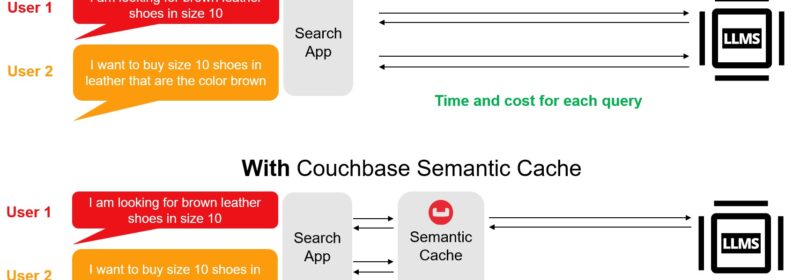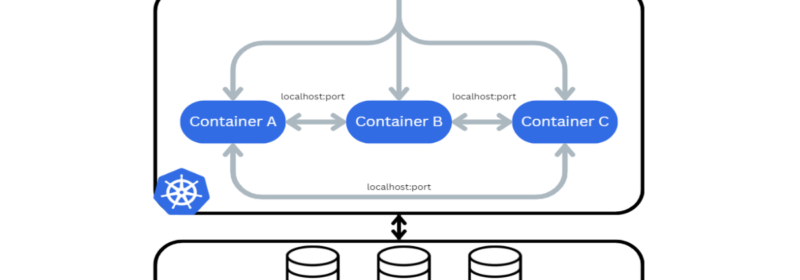Category: Application Design

Build Faster and Cheaper LLM Apps With Couchbase and LangChain
New Standard, Semantic and Conversational Cache With LangChain Integration In the rapidly evolving landscape of AI application development, integrating large language models (LLMs) with enterprise data sources has become a critical focus. The ability to harness the power of LLMs...

Continuous Software Development (CSD): What It Is & How It Works
Continuous development employs DevOps practices that make software development faster and smoother. Understanding these practices well is crucial to ensuring your DevOps processes work effectively. Read on to understand how you can improve your approach. Here we will cover: What...

Unlock Hyper-personalization With AI-Driven Adaptive Apps
Since long before the pandemic, “digital-first” has been the direction of travel for ambitious organizations. But closing the gap with big-pocketed U.S. giants like Amazon and Netflix can seem like an impossible task. So how can businesses compete? The answer...

Pod vs. Container: What are the Key Differences?
What is a Kubernetes Pod? A Kubernetes Pod is the smallest deployable unit in Kubernetes, representing a single instance of a running process in the cluster. Pods are typically created and managed by higher-level Kubernetes controllers like Deployments and ReplicaSets,...

Azure PrivateLink Setup With Couchbase Capella
What are PrivateLinks? PrivateLinks are a networking service that allows for the private connection between a cloud service and your virtual network. This connection is made without exposing your data to the public internet, enhancing security by keeping network traffic...

Scalability vs. Elasticity: A Comparison
Scalability and elasticity help organizations achieve greater flexibility and efficiency in their IT infrastructure. However, scalability and elasticity have distinct differences that organizations should be aware of when deciding which approach to take. This blog post will break down the...

Making GCP Cloud Function Calls Faster
Recently my wife and I have been watching reruns of some TV programs containing Jeremy Clarkson (Top Gear, The Grand Tour, Clarkson’s Farm). Despite the buffoonery he is quite a clever chap, although will likely be remembered for thinking “Speed...

Crafting Code With A Conscience: Your Role In Ethical Data Stewardship
If data is gold, then that gold must be protected. In software development, data is often thought to be unbiased, purely mathematical, and have no reason to engage with ethics. However, I want to posit that not just protecting one’s...

Couchbase on Rails: A Guide to Introducing Dynamic and Adaptive Data to Your Application
Ruby on Rails is often the framework of choice for getting new projects off the ground. The speed of development and iteration is in many ways unparalleled. As such, perhaps you want to use Rails as the framework for your...

Learning on the Couch with FreeCodeCamp: Website Deployment – Netlify
If you’d like to watch this blog live, here is a video of Nyah Macklin & Jessica Rose walking through the process of installing Visual Studio Code, otherwise read on! In our last post, we learned how to take snapshots...

Integrating Couchbase Server with Okta: A Step-by-Step Guide to Seamless Authentication
Welcome to this comprehensive guide on integrating Okta with Couchbase Server! In this article, we will walk you through the step-by-step process of setting up a secure and seamless authentication flow using Okta as the Identity Provider (IdP) and Couchbase...

How Adaptive Applications Unlock Innovation in a New AI Age
We stand on the verge of a generative AI (GenAI) revolution. Some 98% of organizations have specific GenAI goals for 2024 — accounting for nearly a third of digital modernization spend last year and in 2024, according to new research...